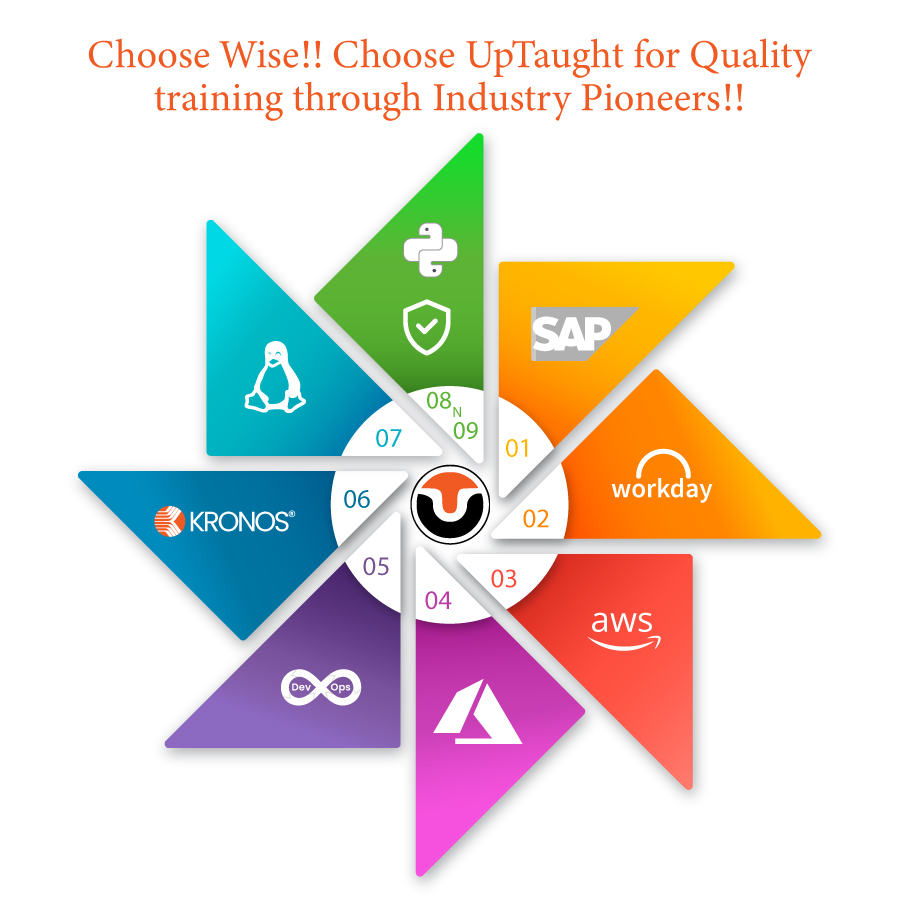SAP HCM (SAP Human Capital Management) is a system for managing human resources. It provides all important functions for personnel administration, payroll, applicant management, and personnel development as the replacement to SAP HR. SAP HCM also connects personnel management and management with multi-level application and approval processes.
Furthermore, the system is tightly linked to the organizational structure, allowing for the automation of hierarchy-dependent tasks. Integration of multiple submodules allows for adaptation to company-specific situations.
Want to know more? Click here
SAP HCM Modules
- Personnel Administration
- Personnel Time Management
- Payroll Accounting
- Organizational Management
- Personnel development (talent management)
- Training and Event Management
- Recruitment
Table of Contents
Personnel Administration:
The management of an organization’s human resources is defined by this process. Everything can be recorded and tracked through this process, from the first stages of recruitment to remuneration, benefits, new employee orientation, performance appraisals, and more.
Different scenarios, such as compensation modifications of employee arrivals and departures, can also be simulated. The planning can also take into account the organization’s restructuring. Furthermore, the planning outcomes can be easily transferred to Controlling (CO) for financial planning.
Personnel Time Management:
This method aids in the planning, documenting, and evaluation of an employee’s performance over a set period of time. In this process, the influence of an employee’s presence or absence in the organization is assessed. This procedure also includes attendance management, wage calculation, log-in, and log-out reports, and so forth.
Time recording using terminals or analogous technologies is advised for achieving the highest level of automation possible. The time entries are communicated to the SAP system via interfaces in a timely manner, where they serve as the foundation for subsequent procedures such as payroll accounting.
Payroll Accounting:
Payroll accounting is the third crucial aspect of personnel management. SAP HCM has all of the necessary data. This is true for master data such as salary groups, working hours, different absence times, flexible salary components, and special payments. Payroll accounting is always up to date and meets legal standards.
The pay scale and compensations offered to employees are the focus of this process, as the name suggests. Everything is computed in this process, from salary through overtime pay, compensatory pay, and compensation plan.
Organizational management:
This procedure outlines an organized method for bringing different people together on a shared platform to achieve a predetermined goal. It ensures effective time and resource management at the workstation.
The term “organizational management” refers to the process of mapping an organization’s complete structure to its organizational units. The program also facilitates process organization analysis and personnel studies for personnel planning. SAP HCM Organizational Management can be used to plan for impending organizational changes. Finally, functions such as career planning and applicant management are built on the basis of this module.
Talent management:
The major objective of talent management in SAP HCM is to compare open and unfilled positions to available human resources. This is done based on pre-determined criteria like qualifications and personal interests. At the same time, these capabilities allow employees to map their individual career and development goals, as well as the target agreements that go with them, into the system.
E-Recruitment:
HCM stands for Human Capital Management. Companies can use recruitment to help them manage their job openings. With PB, you can also move job requirements and job descriptions to online platforms. Many functions, such as organizing job interviews or establishing application deadlines, can be automated and tracked.
The entire hiring process can be mapped out on its own.
Click here to know more
Employee Self-Service (ESS) and Management Self-Service (MSS):
Employee Self-Service allows employees to keep track of their own data during their time with the company. On the other side, management self-service is a vital tool for managers to create and maintain personnel data.
Conclusion:
These are SAP HCM modules that assist HR teams to manage employee profiles and data more efficiently inside an organization.
Hope you will like this article. For more interesting articles, please visit our website.
Thanks for reading!





